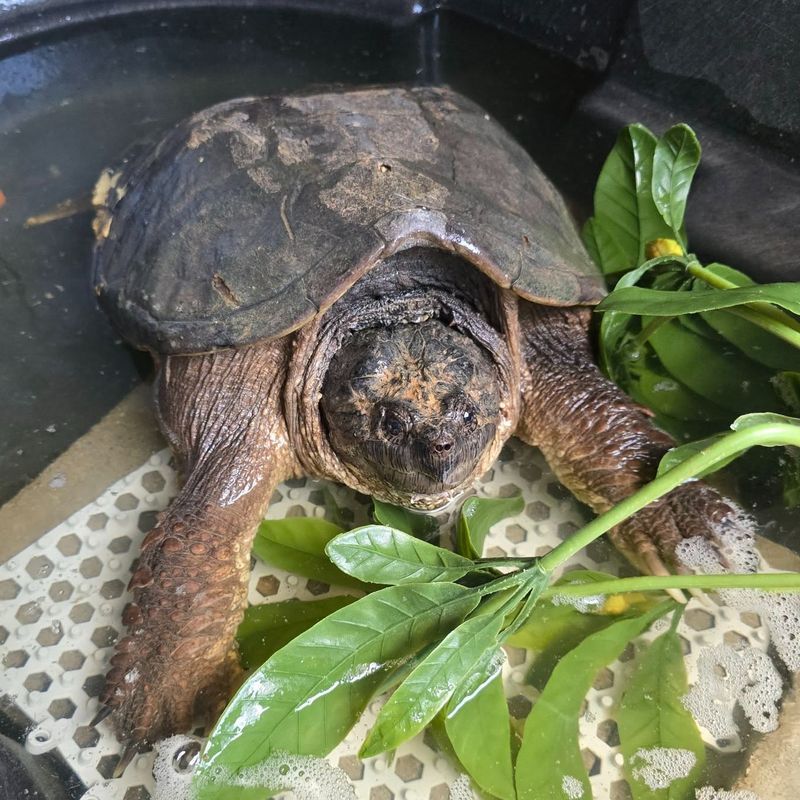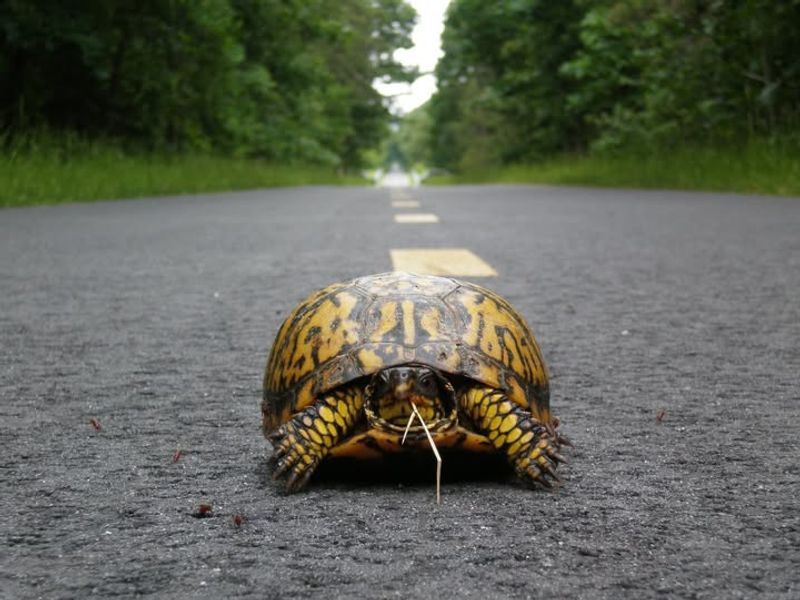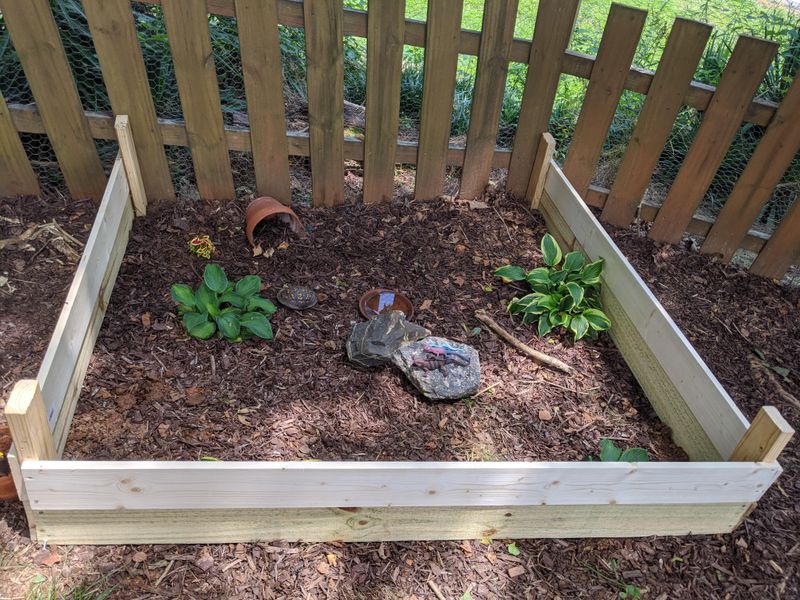Finding a turtle wandering through your New Mexico yard can be an exciting surprise. These shelled visitors are more common than you might think, especially during warmer months when they search for food, water, or nesting spots.
Knowing how to respond properly protects both you and the turtle while respecting local wildlife laws.
1. Keep Your Distance And Observe Quietly
Wild turtles can feel threatened when humans approach too quickly. Watch from several feet away to avoid startling the creature or causing it to retreat into its shell.
Sudden movements or loud noises might stress the animal unnecessarily. Give it space to move naturally while you determine what species you’re dealing with.
Patient observation helps you understand whether the turtle needs assistance or is simply passing through your New Mexico property on its own journey.
2. Identify The Species Before Taking Action
New Mexico hosts several turtle species, including ornate box turtles and desert box turtles. Each has different needs and legal protections you should know about.
Look for distinctive markings like shell patterns, colors, and size to help with identification. Taking a photo from a safe distance lets you research the species online or consult wildlife guides.
Correct identification determines whether the turtle belongs in your area or might be an escaped pet requiring different care and reporting.
3. Check for Obvious Injuries Or Distress
Scan the turtle carefully for any visible wounds, cracks in the shell, or unusual behavior that suggests illness. A healthy turtle should have clear eyes and move purposefully when not resting.
Signs of distress include excessive lethargy, bleeding, or shell damage from predators or vehicles. If you spot concerning injuries, the animal likely needs professional wildlife rehabilitation.
Remember that some behaviors like hiding in the shell are normal defensive reactions, not necessarily signs of poor health.
4. Provide Fresh Water In A Shallow Dish
Desert turtles often wander while searching for hydration, especially during hot New Mexico summers. Place a shallow dish or pan filled with clean water nearby where the turtle can easily access it.
Make sure the water level stays low enough that the turtle can drink without risk of drowning. Even terrestrial turtles appreciate the opportunity to soak and rehydrate.
Avoid offering food unless wildlife experts advise it, since incorrect diet choices might harm the animal more than help.
5. Contact Local Wildlife Authorities For Guidance
New Mexico Game and Fish Department can provide expert advice about your specific situation. They know local regulations and can tell you whether relocating the turtle is legal or necessary.
Many turtle species are protected by state law, making it illegal to remove them from their habitat without permission. Professional guidance prevents accidental violations while ensuring the animal receives appropriate care.
Wildlife rehabilitators can also assess whether the turtle needs medical attention or can safely continue on its way.
6. Never Relocate The Turtle Without Expert Approval
Moving turtles away from their home territory can be devastating to their survival. These animals have excellent spatial memory and strong attachment to specific areas they know well.
Displaced turtles often spend months trying to return home, crossing dangerous roads and facing unfamiliar predators. Unless the turtle faces immediate danger like being in a busy street, leave it where you found it.
If relocation becomes necessary, wildlife professionals can determine the safest nearby location that matches the turtle’s habitat requirements.
7. Create Turtle-Friendly Spaces In Your Landscape
Transform your New Mexico yard into a safer haven by adding native plants, rock piles, and water features that support local turtle populations. These elements provide natural shelter and food sources.
Avoid using pesticides and chemicals that could poison turtles or eliminate the insects they eat. Leaving some areas of your yard wild rather than perfectly manicured creates better habitat.
Building awareness among neighbors helps protect turtles throughout your community, reducing threats from pets, vehicles, and harmful landscaping practices that endanger these remarkable reptiles.








